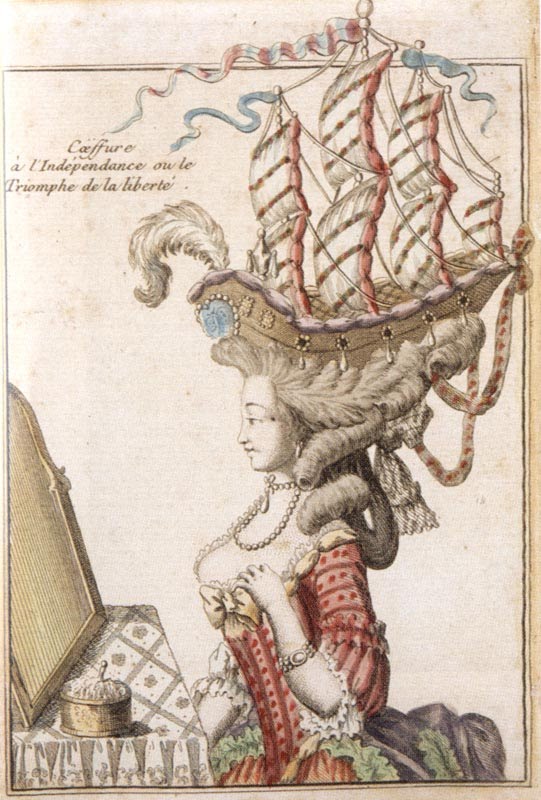

Notable examples of head covering include women in Islam who wear the hijab, married women in Haredi Judaism who wear the sheitel or tichel, married Himba men who cover their hair except when in mourning, Tuareg men who wear a veil, and baptized men and women in Sikhism who wear the dastar. Some people may cover their hair totally or partially for cultural or religious reasons. Hairstyles are markers and signifiers of social class, age, marital status, racial identification, political beliefs, and attitudes about gender. People's hairstyles are largely determined by the fashions of the culture they live in. Women's hair was often elaborately and carefully dressed in special ways, though it was also often kept covered outside the home, especially for married women. The oldest known depiction of hair styling is hair braiding which dates back about 30,000 years. The fashioning of hair can be considered an aspect of personal grooming, fashion, and cosmetics, although practical, cultural, and popular considerations also influence some hairstyles. 1900.Ī hairstyle, hairdo, haircut or coiffure refers to the styling of hair, usually on the human head but sometimes on the face or body. JSTOR ( December 2020) ( Learn how and when to remove this template message)Ĭhinese woman with an elaborate hair style, 1869 Traditional hairstyle of a Japanese bride Female figure with elaborate coiffure and hairpins, 1st century B.C.Unsourced material may be challenged and removed. Please help improve this article by adding citations to reliable sources.

This article needs additional citations for verification.


 0 kommentar(er)
0 kommentar(er)
